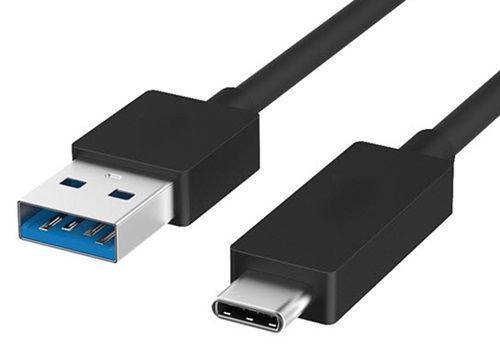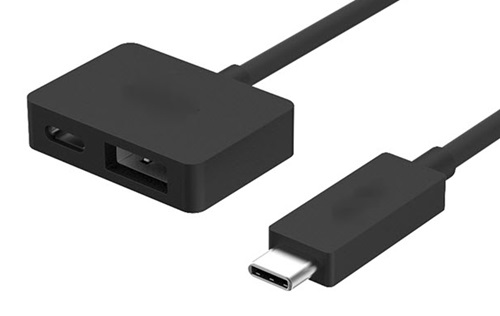Differences Between USB 3.1, USB Type-C, and the New USB Symbols
Summary: This article provides information about the features and differences between Universal Serial Bus (USB) version 3.1, Type-C, and the new USB symbols on your Dell computer.
Instructions
USB 3.1
USB 3.1 is a new version of the USB specification that increases transfer rates and data encoding.
USB 3.1 summary:
- It is faster than USB 3.0 featuring up to 10 gigabytes per second (GBps) transfer rates.
- It has better data encoding for higher performance.
- It is backwards compatible with older USB hardware and software including USB 3.0 and 2.0.

Figure 1. USB 3.1
USB Type-C
USB Type-C is a new type of USB cable and port that promotes usability and performance.
USB Type-C summary:
- It is a reversible connector type that can be connected in any position.
- It can charge your device and use your peripherals simultaneously.
- It can be used for multiple data types such as USB 3.1, DisplayPort, HDMI, Thunderbolt simultaneously.
- It is backwards compatible with many other cables and ports when used with the necessary adapter.

Figure 2. USB Type-C
USB Symbols
There are three USB symbols that you may not be aware of. These icons are located on your computer next to their respective USB ports. All these are backwards compatible with previous USB versions, however speeds vary depending on the devices connected to the ports.
This is the standard USB 3.1 symbol.

This is the USB 3.1 with PowerShare symbol. This USB port can charge devices, even while the system is turned off, once the proper BIOS settings have been changed. You can learn more about the features and requirements by reading the following article: What is the USB PowerShare Feature on Dell Laptops.

This is the USB 3.1 with Power On symbol. This USB port allows devices, typically keyboards, to turn your system on and off if the device has the necessary capabilities.
